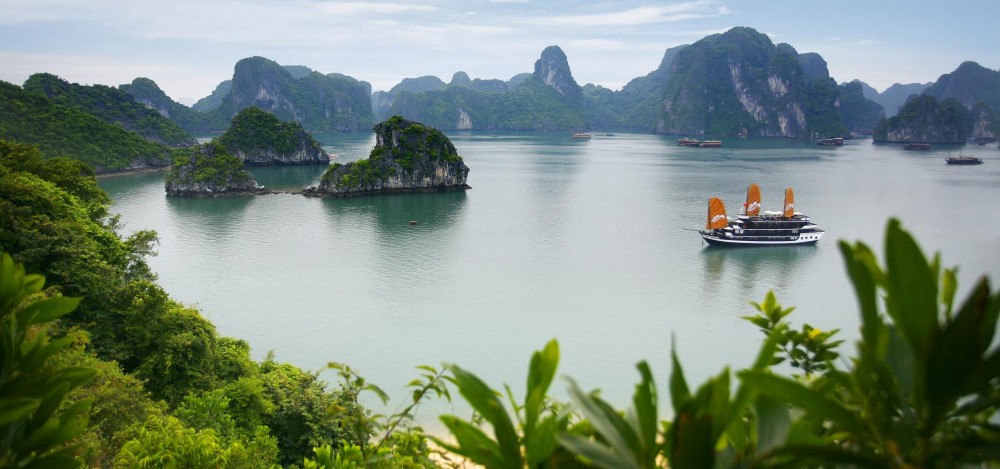In Saigon, we sat in on a lecture by Dr. Bui Tran Phuong, president of Hoa Sen University. She is a progressive-minded activist who today focuses on the history of women in Vietnam’s wars. She began the lecture with a brief history of Vietnam which extended beyond the traditional narrative that typically describes French and US involvement in the country. In her history, she explained Vietnam’s lengthy and tenuous history with China – a history which seems to be characterized more by war than by peace. From this long-standing history stems the Vietnamese mentality that war is accepted as a price willingly paid for independence; war is intrinsic to survival and sacrifice is accepted as sometimes being a necessary part of life. The nature of existing as a small nation alongside the massive force of China instilled a source of pride in “standing alone” and maintaining the cultural legacies that have defined Vietnam for centuries. Dr. Bui seemed to credit this mentality with giving Vietnam its strength and persistence in fighting off colonial invasions during the 20th century.
Dr. Bui spoke of some of the cultural changes since the conclusion of the war against America in 1975. For example, she spoke of the reconciliation between Vietnamese through the Doi Moi reforms as indispensable for the healing process within the nation as well as being required for international reconciliation. However, there still exist today cultural divisions between the north and south in Vietnam. From her perspective, corruption is rampant in Hanoi, an area that is morally unsafe. She gave the example of schoolchildren being handed grades not based on merit but on parental bribery. Hanoi was characterized as a socially conservative, corrupt city, while Saigon was presented as a socially progressive and morally accountable city. Having personally spent even less time in Hanoi than I spent in Saigon, and less than two weeks in Vietnam total, it is difficult to discern whether or not this statement is an overgeneralized stereotype, in which case this would reflect the presence of prejudices between the north and south; or if this is an accurate depiction of increased corruption in northern Vietnam, which would then reflect more discernible cultural differences between the two regions.
Working with women, Dr. Bui spoke of the progressive changes that have occurred in Vietnam, particularly in Saigon, regarding cultural attitudes towards women. While she is one of only two women in Saigon to occupy the position of president out of over one hundred universities in the city, the student population reflects greater gender equality. One of her own changes that she has been working towards is installing a greater perception of social equality in relationships between colleagues, faculty, and students. There is the ingrained perception that one must be polite by using titles of inferiority when describing the self to higher-level colleagues, but this serves to detract from one’s legitimacy and qualifications. Instead, she theorizes that by using titles which reflect equality, relationships will be more comfortable and therefore allow for increased communication and progress.
Describing a pervasive mentality in Vietnam that is reluctant to adapting traditional cultural mentalities, she referenced a children’s book that ends in the poignant line, “And everything restarted the same…” This line describes the dangers of not learning from the past through continued tragedy, lack of progress, and repetition of mistakes: the acceptance of war as a way of life that is necessary for survival is at once admirable and tragic. As such, Dr. Bui advocated for a “new Vietnamity” which respects the historical and traditional culture of Vietnam but is manifested in a new, dynamic way.
